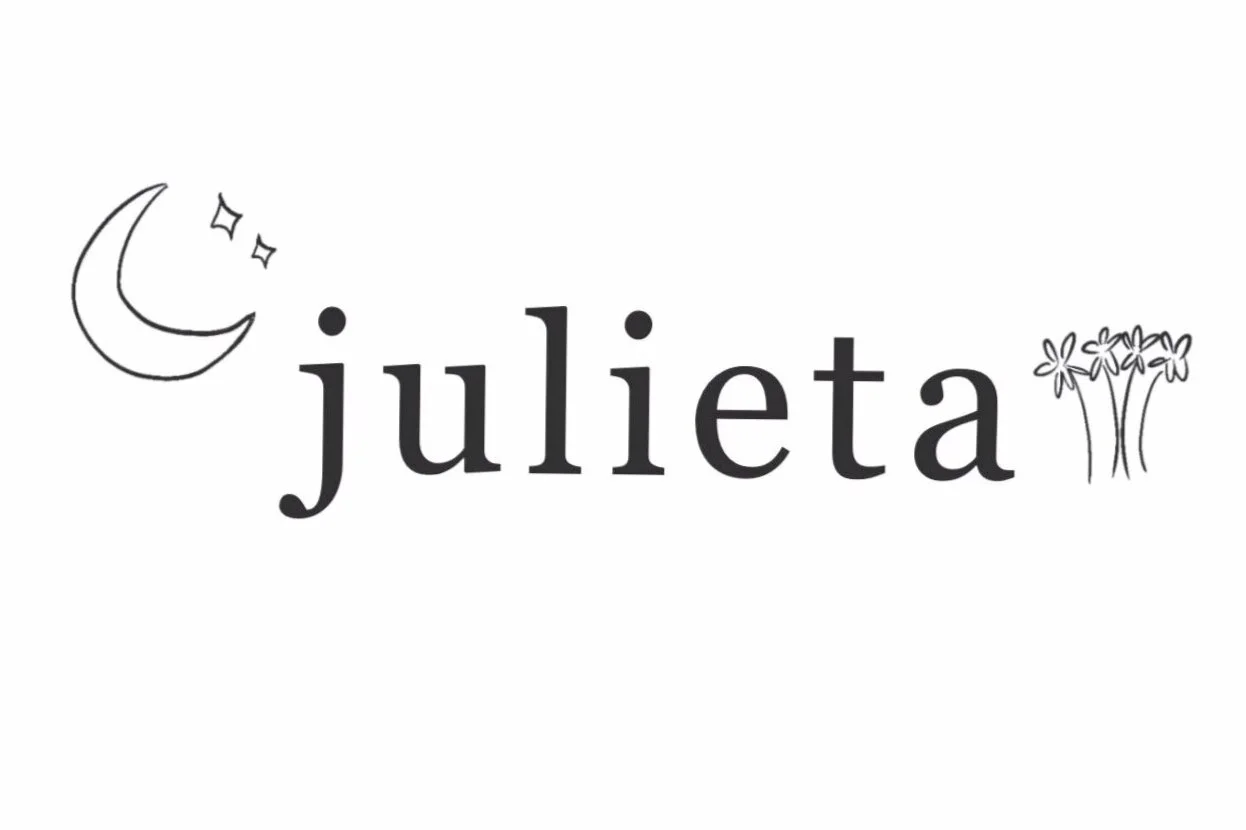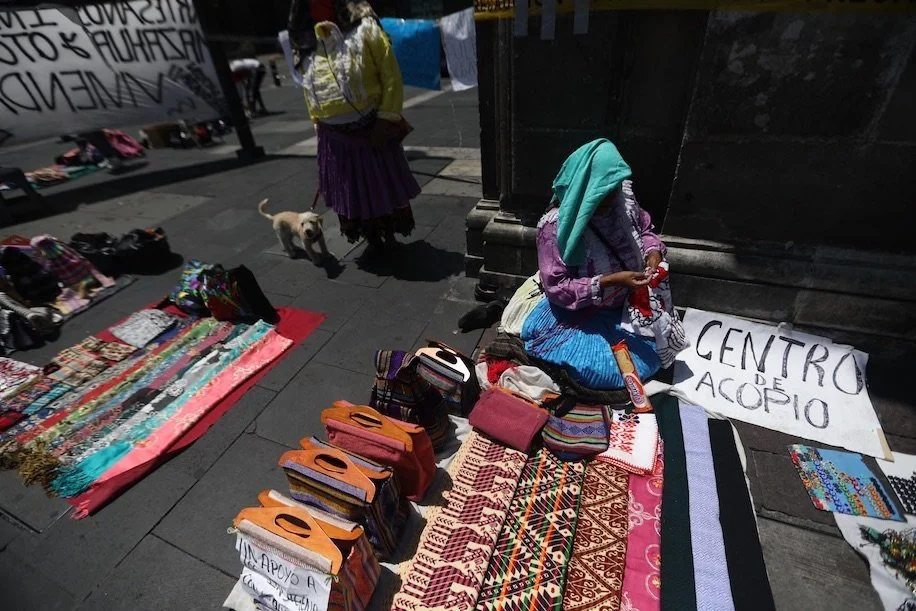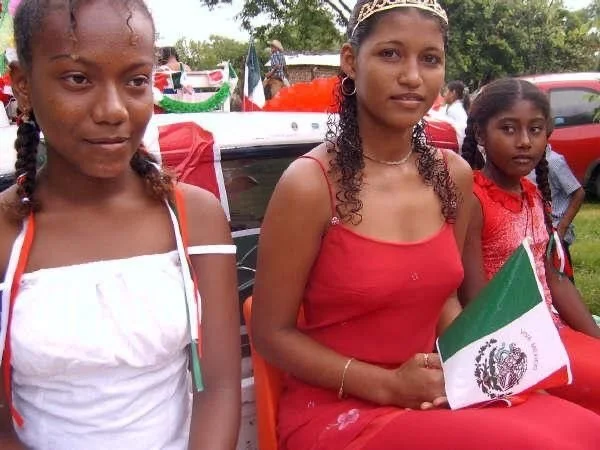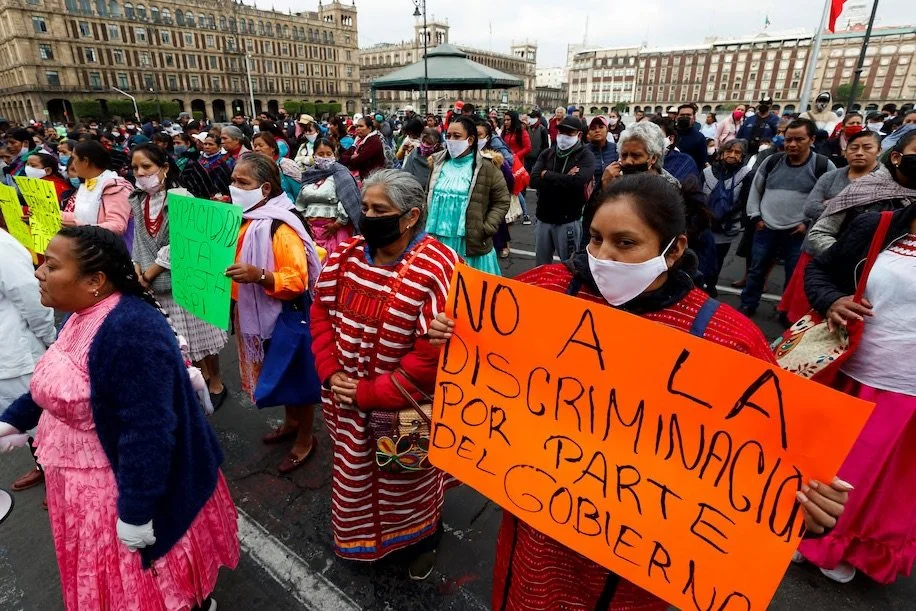Mexican Identity
Every year, on February 24, as Mexicans we celebrate Flag Day. In school, it’s the one day we go through the country’s history through the flag. The flag we know today has symbols representing three main chapters in our country’s history. The prehispanic, with the seated eagle; the colonial, with the laurel and oak branches; and the French, with the green, white and red.
The Mexican coat of arms has the left profile of an eagle, seated on a cactus, devouring a rattlesnake. It is a symbol based on the prehispanic, indigenous legend about the foundation of the great city of Tenochtitlan (now Mexico City).
Regardless of the average Mexican’s knowledge on the national flag, the holiday feels a little ironic when the centre of our flag—and culture—is our indigenous ancestry and yet we do so much to dismiss it as a society.
Everyone in Mexico is a mestizo, until proven otherwise. “Mestizo” is a term used to refer to people who are, technically, biracial in Mexico. It means you are half indigenous and half white. While its use might be correct in theory, in practice it has meant the depreciation of our indigenous roots.
Historically speaking, Mexico is a colonised country by white Europeans and they brought slaves, originally from Africa, with them. So, it’s not that hard to believe that today’s population is “mixed”. Race and color are confusing and even irritating subjects to bring up in conversation in Mexico. They’re swiftly sweeped under the rug of mestizaje. People will usually tell you, “It’s fine, we’re all a mix, it’s not that deep.”
But everyone wants to be white. Everyone wants to find out their family hailed from a far away, sophisticated European land.
Ad for national brand features white Mexicans (hopefully), despite more than 67% of the population isn’t this color.
Our concept of race in Mexico is so binary and simplified that it wasn’t until 2015 that the INEGI (National Institute of Statistics and Geography) incorporated in their national surveys the option to identify as black or afro-mexican. And being indigenous no longer was conditional on speaking an indigenous language.
After this the population of indigenous people in Mexico went from 7 million to 25 million people.
To put it into perspective, the usage of the term “mestizo” today is the equivalent of the phrase “I don’t see color”. While not actively malicious, it takes the responsibility away from the speaker to educate themselves on a system that thrives off their own ignorance. Because Mexico does see color.
Oxfam, a non profit organisation working to help indigenous people in Mexico, reports that the deeper the skin tone the poorer people tend to be. Over 40% of indigenous people don’t finish elementary school.
Throughout the pandemic the indigenous communities have been put under even more duress. It can be clearly seen under the numbers published by the government, where the virus kills 20% of indigenous people infected. That is double the mortality rate for white Mexicans, which is already high considering the world average is 6.9%.
Indigenous people protest the government negligence toward their community during the pandemic in Mexico City.






